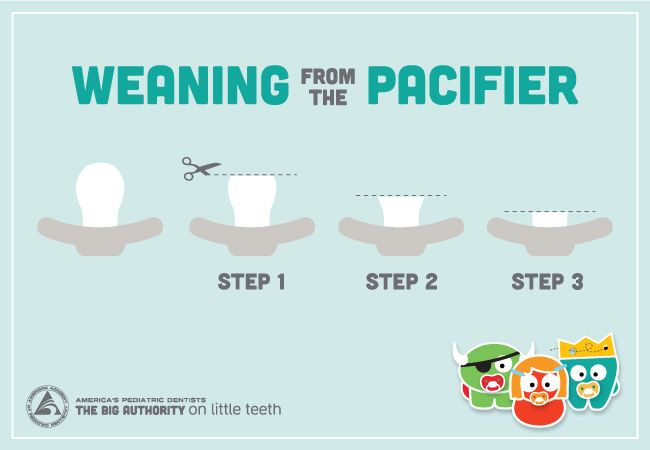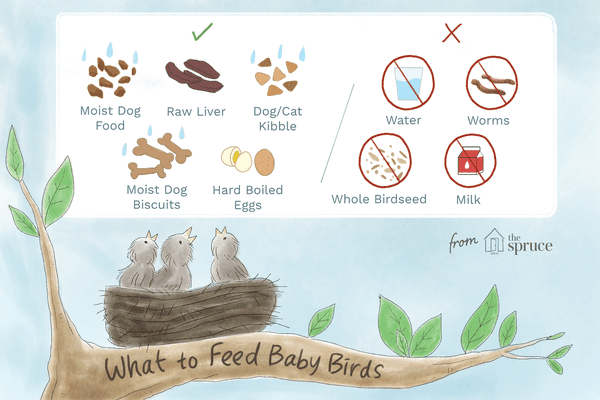When Does Baby’s Soft Spot Close: Understanding the Timeline
As a parent, one of the most fascinating and yet delicate parts of your baby’s anatomy is the soft spot on their head, also known as the fontanelle. This vulnerable area can often raise questions and concerns for new parents, wondering when it will close and what impact it has on their baby’s development. In this article, we will delve into the intricacies of when a baby’s soft spot closes, providing you with all the information you need to know.
Knowledge
The soft spot on a baby’s head is a gap in the skull where the bones have not yet fused together. This gap is necessary for the baby’s brain to grow and develop properly. There are actually two soft spots on a baby’s head: the anterior fontanelle at the top of the head, and the smaller posterior fontanelle at the back of the head.
The anterior fontanelle is the larger of the two soft spots and is typically diamond-shaped. It is located at the top of the head where the skull bones meet. This fontanelle is usually the last one to close, with the process often completing around 18 months to 2 years of age. However, it can vary from baby to baby, so there is no need to be concerned if your baby’s fontanelle takes a little longer to close.
The posterior fontanelle is smaller and triangular in shape, situated at the back of the head where the skull bones join. This fontanelle closes much earlier than the anterior one, typically within the first few months of life. By around 2 to 4 months, you may notice that the posterior fontanelle has closed or is significantly smaller than before.
It is important to note that while the fontanelles are open, you should handle your baby’s head with care to avoid any direct pressure on these soft spots. They are protected by tough membranes, but gentle handling is always recommended to prevent any potential injury.
Conclusion
In conclusion, understanding when a baby’s soft spot closes is a crucial aspect of caring for your little one. The anterior fontanelle typically closes around 18 months to 2 years of age, while the posterior fontanelle closes within the first few months of life. Each baby is unique, so variations in the timing of closure are normal.
Parents and caregivers should monitor the soft spots on their baby’s head and consult with a healthcare provider if they have any concerns about the closure process. By being informed and attentive, you can ensure your baby’s healthy development and well-being.
Ultimately, the closing of a baby’s soft spot is a natural part of their growth and maturation. While it may seem like a small milestone, it signifies the ongoing development of your child’s brain and skull. Paying attention to these details demonstrates your dedication to providing the best care for your baby.






